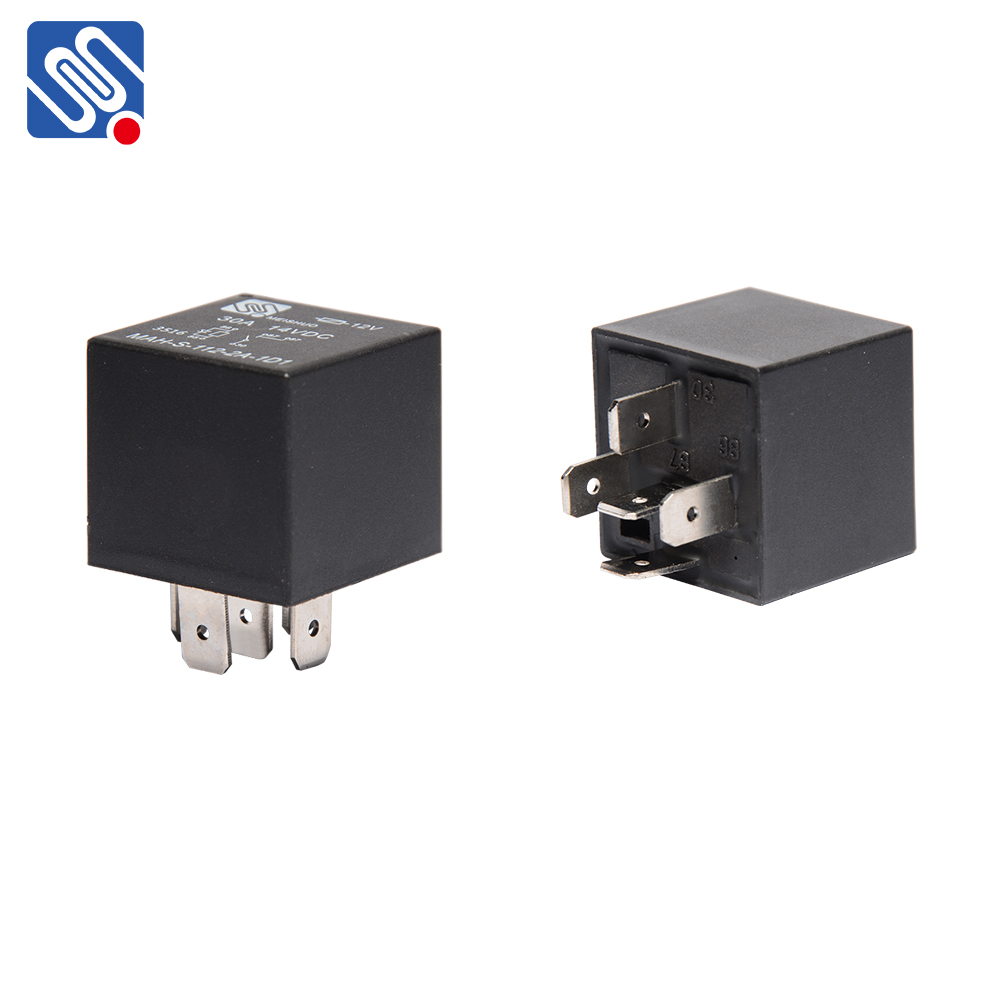The relay market, encompassing a wide range of applications from electrical components to communication systems, is evolving rapidly. The demand for relays has grown significantly due to advancements in technology, automation, and the increasing need for more efficient and reliable systems. This article delves into the key trends shaping the relay market, with a focus on both traditional electrical relays and their roles in emerging fields like automation, telecommunications, and renewable energy.

1. The Shift Towards Smart Relays One of the most prominent trends in the relay market is the increasing demand for smart relays. With the rise of the Internet of Things (IoT) and automation, there is a growing need for devices that can offer not just basic switching capabilities but also advanced features such as remote monitoring, diagnostics, and integration with cloud-based platforms. Smart relays can help businesses improve efficiency by providing real-time feedback on system performance, preventing potential failures, and optimizing energy consumption. These relays are equipped with sensors and advanced communication protocols like Bluetooth, Wi-Fi, and Zigbee, enabling them to communicate with other devices and systems. As industries move towards Industry 4.0, the demand for such relays is expected to continue growing, especially in sectors like manufacturing, home automation, and energy management.